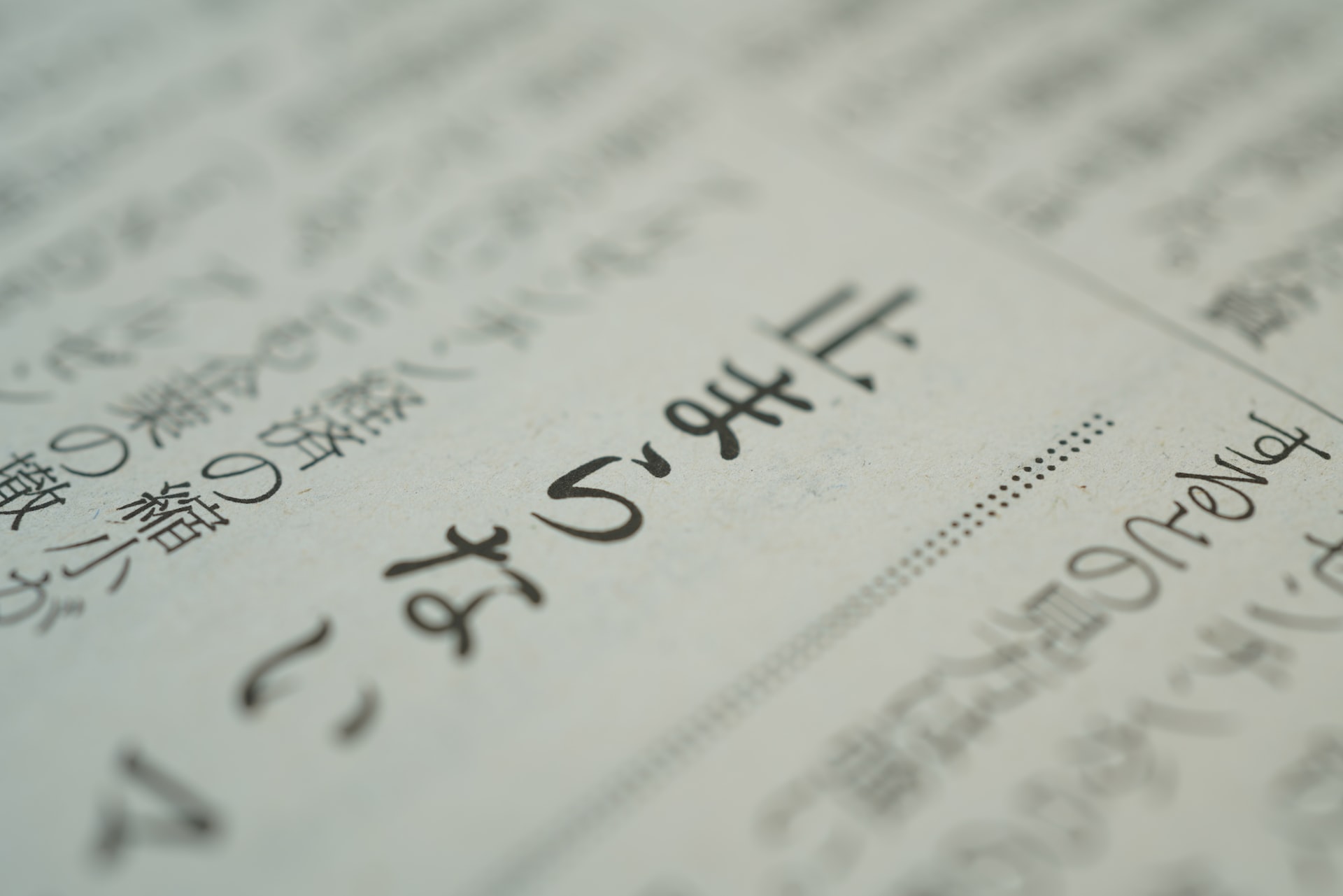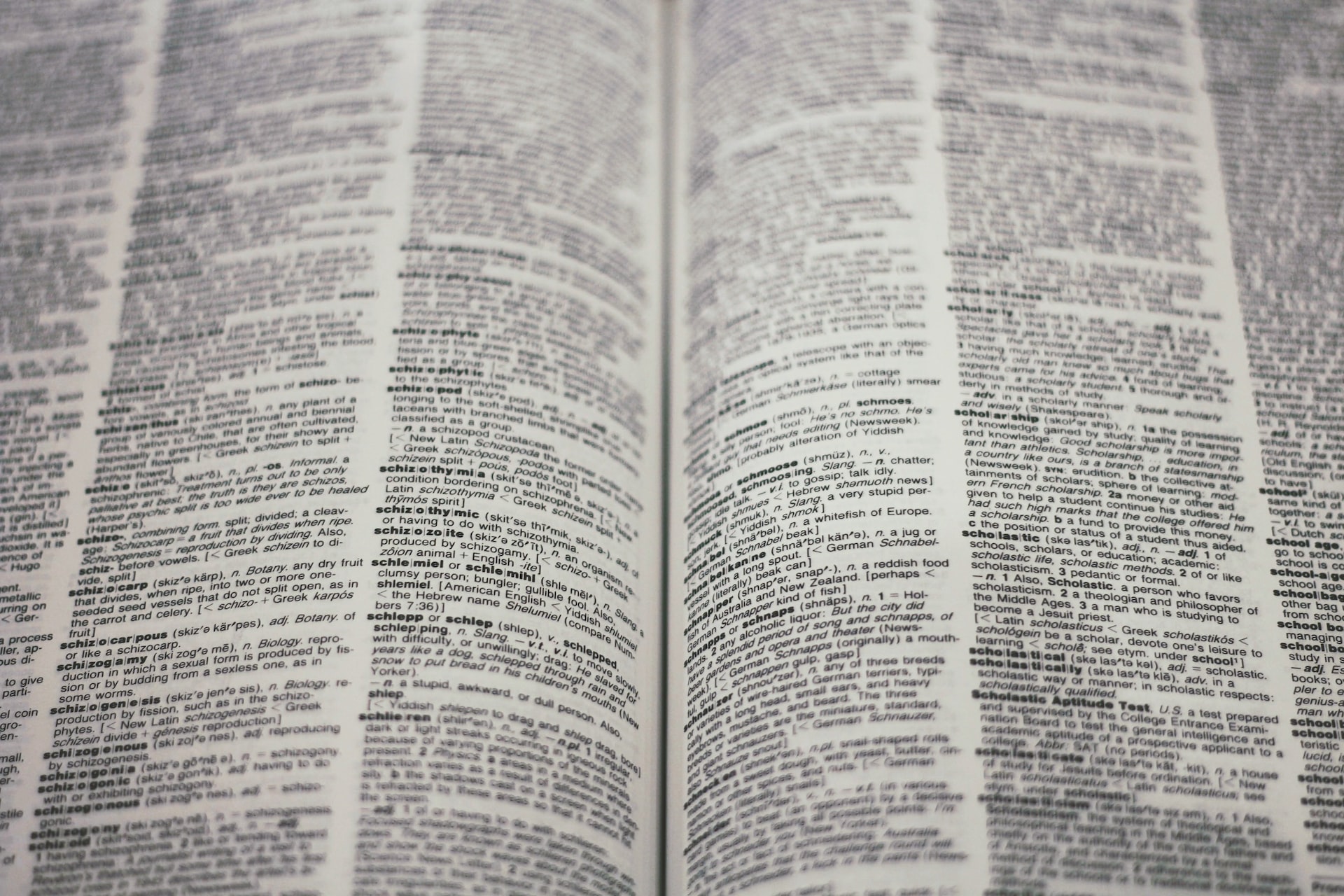Translating from one language to another is a complex and challenging task. Not only do you have to capture the meaning of the original text, but you also have to take into account the cultural context in which it was written. This is why translating is often considered an art form as well as a science.
To translate accurately, you need to have a deep understanding of both languages involved in the translation process. You also need to be familiar with the culture of the country where the text originated, as well as the culture of the country where it will be read. This can be quite difficult if you are not familiar with both cultures.
That’s why it’s important to use a professional translator who understands all aspects of both languages and cultures involved in the translation process. A professional translator will ensure that your text is translated accurately and faithfully, preserving all nuances of meaning and cultural context.
What are Japanese Translation Services?
Japanese translation services are in high demand due to the increasing popularity of the Japanese language. Japanese is spoken by over 130 million people worldwide and is the official language of Japan. It is also one of the most popular languages for business and trade.
As a result, there is a growing number of businesses and organizations that require accurate and reliable Japanese translation services. These services can be used for a variety of purposes, such as website translation, document translation, and even interpreting.
There are many different Japanese translation service providers to choose from, so it is important to do your research before selecting one. Make sure to read reviews and compare pricing structures to find the best provider for your specific needs.
Types of Japanese Translation Services
There are several types of Japanese translation services available to businesses and individuals. The most common type is written translation, which involves translating documents from one language to another. This can be done through a variety of methods, including online translation tools, human translators, or machine translation software.
Another common type of Japanese translation service is interpretation, which is the conversion of spoken words from one language to another. This can be done in person, over the phone, or via video conferencing. Interpretation services can be provided by human interpreters or machine translation software.
Localization is another type of Japanese translation service that is becoming increasingly popular. This involves adapting content to better suit the target market. This can include translation of the text, images, videos, and audio. Localization services can be provided by human translators or machine translation software.
Finally, businesses may also require Japanese transcription services. This involves converting spoken words into written form. This can be done through a number of methods, including human transcriptionists or machine translation software.
Businesses can choose from a variety of Japanese translation services to best suit their needs. Written translation, interpretation, localization, and transcription are all common types of services that are available. businesses should select the type of service that best fits their specific needs. human translators, machine translation software, or a combination of both can be used to provide translation services. businesses should select the option that best fits their needs and budget.
How to choose the right Japanese Translation Services?
There are many things to consider when choosing the right Japanese Translation Services for your business or personal needs. Here are some tips to help you make the best decision:
- What is your budget?
This is an important factor to consider when choosing a Japanese translation service. Many services charge different rates, so it is important to find one that fits your budget.
- What is the quality of the translation?
It is important to make sure that you choose a service that provides high-quality translations. Many services claim to offer high-quality translations, but not all of them live up to their claims. Do some research to find out what other people have said about the quality of the service’s translations.
- What is the turnaround time?
When you need a translation done quickly, you will want to choose a service that can provide it in a timely manner. Some services may take longer than others to complete your translation, so be sure to find out how long it will take before you make your final decision.
- What is the level of customer service?
It is important to choose a service that offers good customer service. This way, if you have any questions or concerns, you can easily get in touch with someone who can help you.
- What are the terms of the service?
Be sure to read and understand the terms of the service before you make your final decision. This way, you will know what you are agreeing to and will be able to make an informed decision.
By following these tips, you can be sure that you choose the right Japanese translation service for your needs.
Common mistakes people make when translating documents in Japanese
There are a few common mistakes that people make when translating documents into Japanese. Here are some tips to avoid these mistakes:
- Not using the proper Japanese word order
When translating a document into Japanese, it is important to use the correct word order. Otherwise, the meaning of the document could be lost in translation. In Japanese, the basic word order is Subject-Object-Verb. This is different from English, where the word order is typically Subject-Verb-Object.
- Not using the correct particles
Particles are small words that indicate the grammatical function of a noun or pronoun in a sentence. They are an important part of the Japanese language and are often used to change the meaning of a sentence. If you do not use the correct particle when translating a document, it can change the meaning of the entire sentence.
- Not using proper grammar
Japanese has a complex grammar system that is different from English. If you do not use proper grammar when translating a document, it will be difficult for the reader to understand.
- Not using the correct kanji
Kanji are the Chinese characters that are used in the Japanese writing system. There are over 50,000 kanji characters, and each has a specific meaning. If you do not use the correct kanji when translating a document, the meaning of the document could be lost.
- Not proofreading your work
Proofreading is an important step in the translation process. If you do not proofread your work, there could be errors that change the meaning of the document. Make sure to proofread your work before you submit it for translation.
If you follow these tips, you can avoid common mistakes when translating documents into Japanese. By avoiding these mistakes, you can ensure that your document is accurately translated and that the meaning is not lost in translation.
Conclusion
Japanese translation services are in high demand due to the increasing popularity of the Japanese language and culture. There are many different types of translation services available, so it is important to choose one that best suits your needs. If you need a quick and accurate translation, then a machine translation service may be the best option. However, if you need a more nuanced and human translation, then a professional translation service may be a better option. Whichever type of translation service you choose, make sure to do your research so that you can be confident in the quality of the final product.
Thank you for reading! We hope this guide has been helpful in choosing the right Japanese translation service for you



